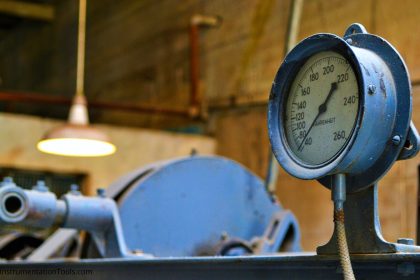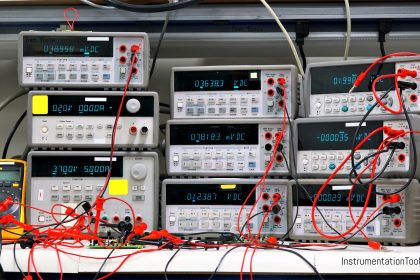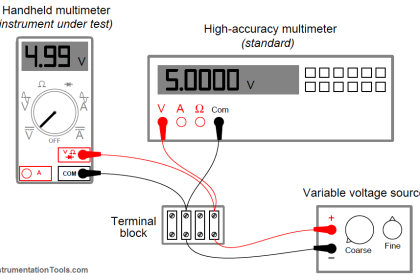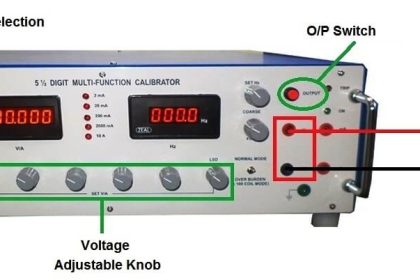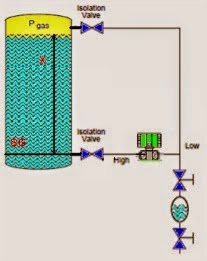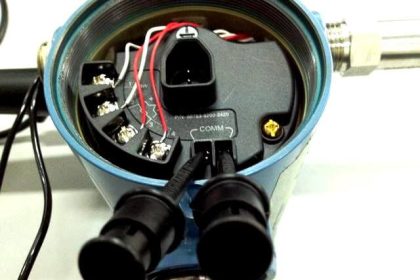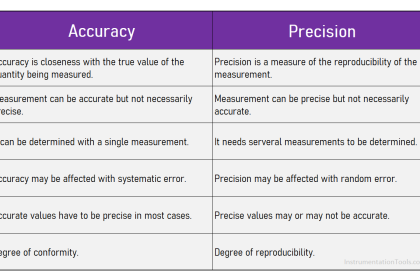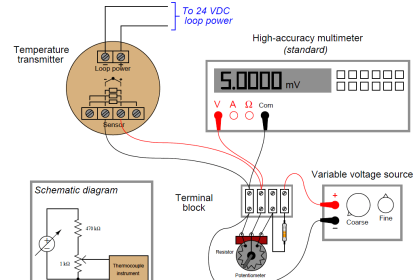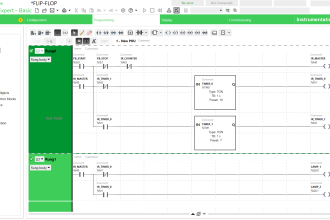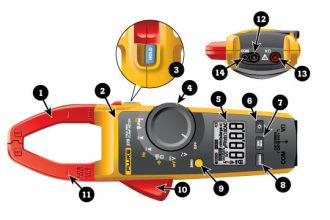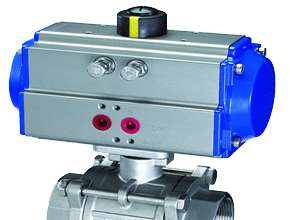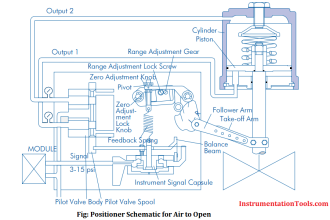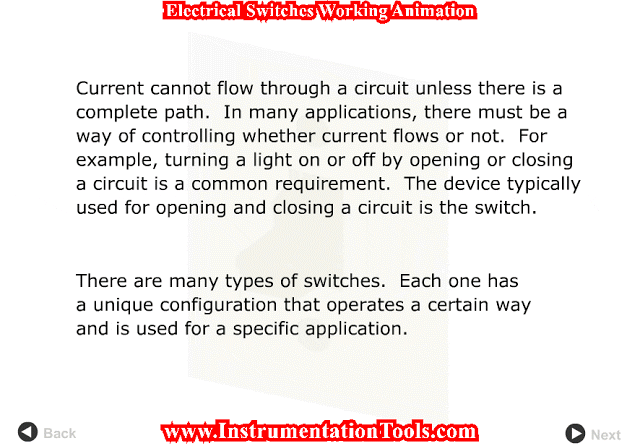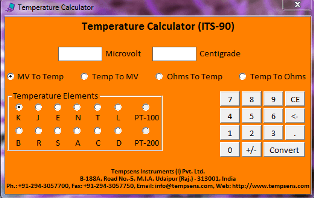Selection of weight for Weights Calibration
A standard weight should be a higher class of accuracy than the weight to be calibrated.
E1 class is the highest accuracy and M 3 class is the lowest accuracy.
Uncertainty of calibration of the Standard weights used will be 1/3 of its specified maximum permissible error.
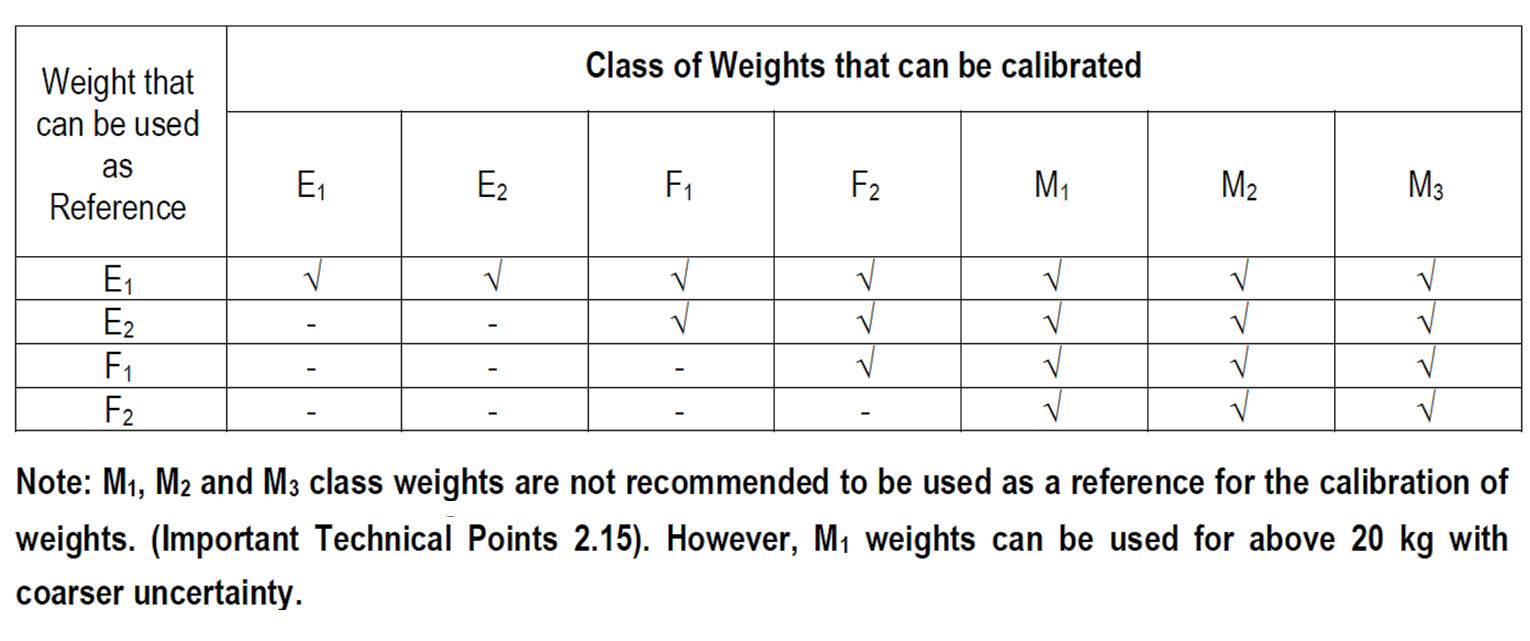
For calibration of E2 class weight, the E1 class should be used as standard.
For calibration of F1 class weight, the E2 class should be used as standard.
For Calibration of E1 class weight, standard weight should have similar or better metrological characteristics like magnetic properties, surface roughness, corrosion, etc.
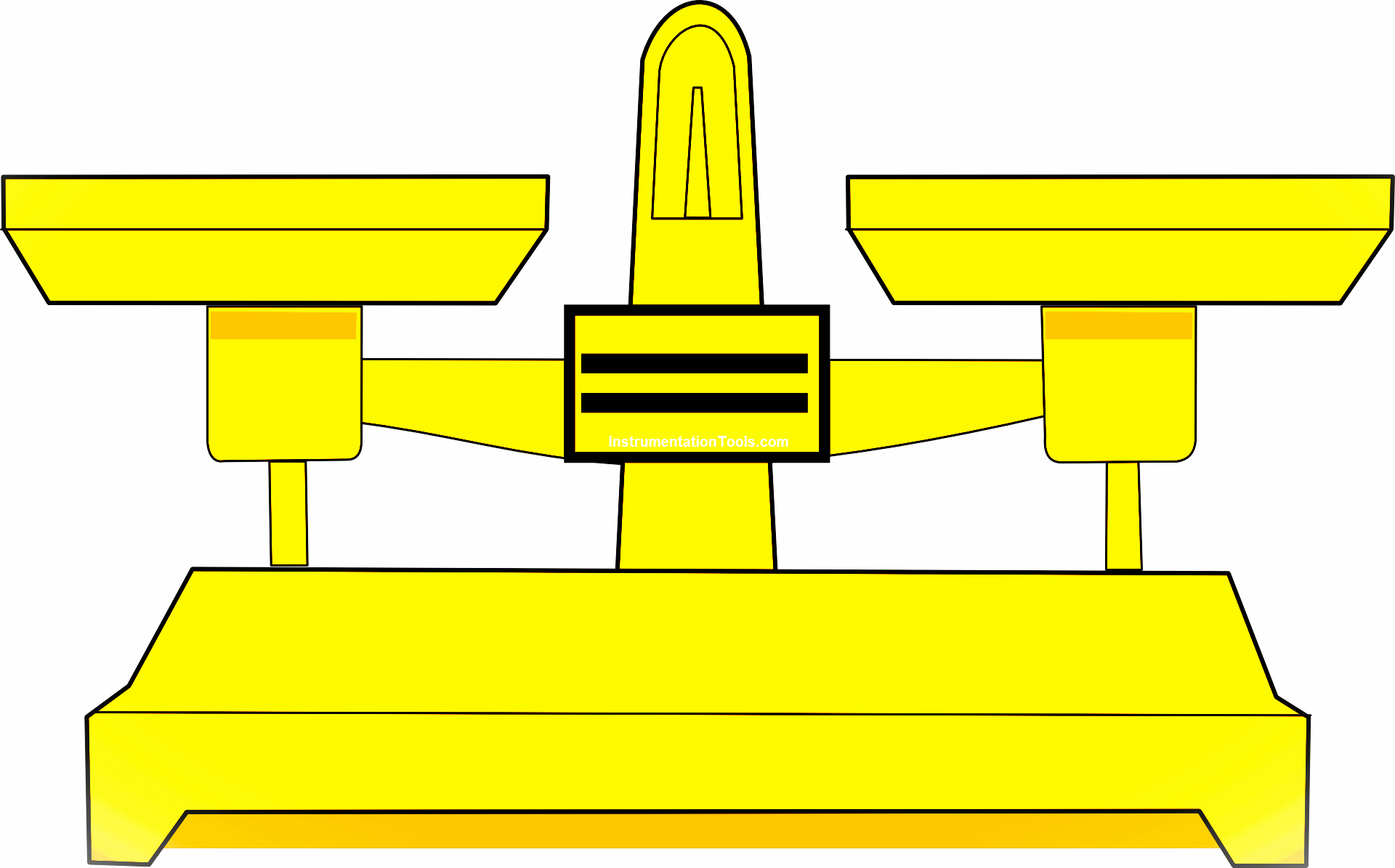
Standard weights of each class shall have the technical requirements such as shape, construction, material, marking, etc as per OIML-R111-1.
M1, M2, and M3 class weights are not recommended to be used as a reference for the calibration of weights. However, M1 weights can be used for above 20kg with coarser uncertainty.
Selection of Weighing Balance for Weights Calibration
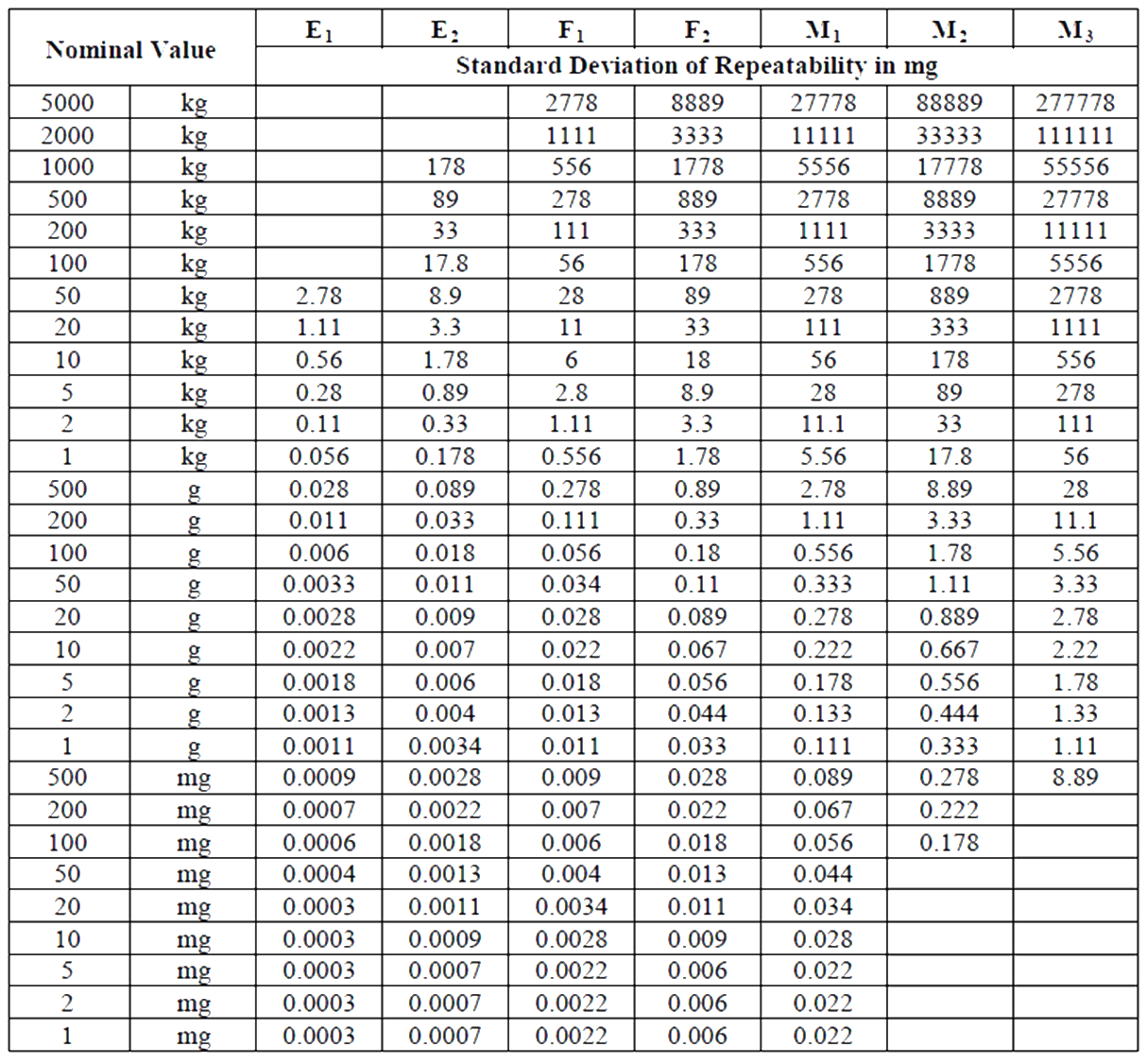
In the above table, the Maximum Standard deviation of repeatability allowed to calibrate a specific class of weight is provided.
Selection of Weight for Weighing Balance Calibration

Let’s take an example
Weighing Balance of maximum capacity of 200 g with resolution d = 0.001 g
n is capacity divided by resolution
n= 220/0.001 = 220000
now check in the above table, where this n value fits.
n value fits in the 2nd column.
I.e., for the Weighing Balance of the maximum capacity of 200 g with a resolution of 0.001 g, it should be calibrated by E1 or E2 class weights.
Accuracy of standard weight used for calibration of weighing balance should be minimum of 1/3rd of readability (1/3 of least count of balance)
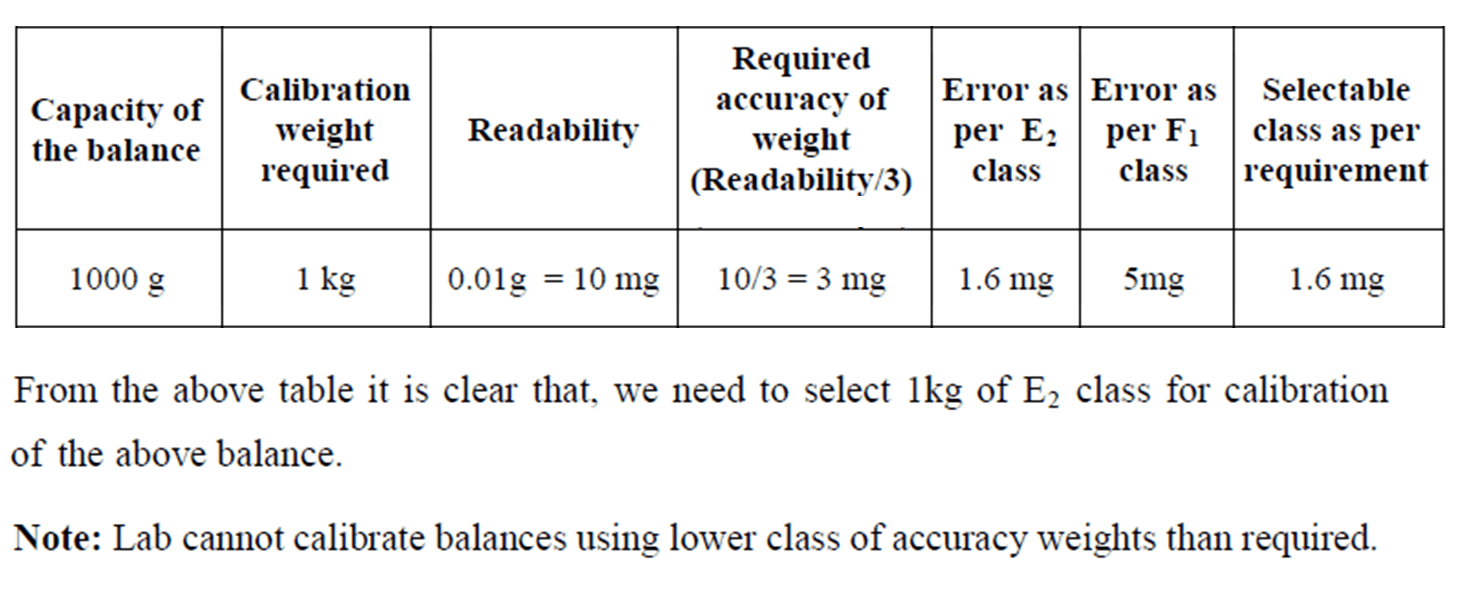
Reference Document OIML-R-111-1 and OIML R-76-1
